This is an excerpt from Joel Zaslofsky’s book Experience Curating
We’ve all been there. You meet someone new, exchange names, shake a hand, and then moments later, um … what was his name again? Or maybe an old friend jokes about that one time he peer-pressured you into lighting smoke bombs on the school bus. You sheepishly grin as he chuckles because you don’t remember that day at all. OK, maybe that second example is just me.
Forgetting a name is one thing, but forgetting your childhood is another story. Sadly, I experience both. My struggles with a truly terrible memory have caused deep embarrassment, financial loss, laughs, and amazement. I was the real-world version of Sesame Street’s Forgetful Jones, the cowboy who couldn’t even remember his horse’s name. Shockingly, I was OK with the downsides of my leaky brain until my personal renaissance began in 2010. It was only then that I realized just how much my leaky brain was holding back my potential.
My new self-awareness and a single act in early 2011 turned my forgetfulness into the catalyst for a potent change. That’s when my friend Scott Dinsmore of Live Your Legend published his free resource that permanently changed me: the Goal Setting and Action Workbook.
The Stage Is Set
My biggest 2011 goal was to figure out a financial and logistical path to quitting my draining corporate job. But the journey to entrepreneurship was rough for many reasons. For instance, I had never attempted something so bold before. I was also my family’s first member in generations to start my own business, and very few people I knew had “been there, done that.” Fortunately, a combination of planning in simple spreadsheets and many fruitful – but difficult – conversations with my wife Melinda yielded what I needed most. I left my corporate job to become an entrepreneur in March 2012: thirteen dicey and exciting months after making it my top goal.
So much of my life was on the line. However, there was a new clarity on the path to reducing the frequency and impact of my leaky brain. I saw how I could harvest the bounty that comes from being truly useful to others. My mindset was golden, but my toolbox was sparse. So I did what any self-respecting spreadsheet fanatic would do: I took my obsession with the beautiful intersection of rows and columns in a simple grid to a new level.
Put It in a Spreadsheet
My love story with Microsoft Excel blossomed during my decade of corporate work, but maybe not how you’d think. Unlike most people, I dig spreadsheets for their simplicity, not for how they make number crunchers squeal with joy. In fact, most of my spreadsheets have no formulas and some don’t even contain a single number. My spreadsheet fixation was ratcheted up yet another notch in 2012. This is when I committed in a new Goal Setting and Action Workbook to something that would radically change who I was and why I did everything. I didn’t realize it at the time, but a single intention helped me give birth to Experience Curating. Its world of possibility hung from a micro-thin thread of creating and maintaining one new habit: “put it in a spreadsheet.” When I say “put it in a spreadsheet,” I mean everything. Videos, books, recipes, quotes, songs, online content, conversations, fleeting thoughts …everything.
Feeling empowered and ambitious, I graduated to my greatest Experience Curating spreadsheet, “Curated Online Content in All Mediums,” designed to cover anything I might experience online. Having a single spreadsheet for all online experiences isn’t easy. The amount of useful information and useless crap on the Internet is vast. Evernote or a massive database could capture my experiences, but what about meeting my unique organizing, accessing, and sharing needs? It seemed Excel was the only option.
Once my experience elements were established, all that was left to do was create a habit of consistently adding, modifying, and deleting everyone’s greatest experience hits. Do you know what, though? It turns out that you can use a single spreadsheet to curate anything online. Better yet, the process never seems to break down regardless of how much I throw at my archive. Combining curating with spreadsheets amplified the power of both, which is why resources like my “Curated Online Content in All Mediums” spreadsheet mean so much to me. Believe it or not, I would rather someone steal my wallet and smartphone or punch me in the gut than do something nasty to this baby.
What could it mean to you?
Now think for a moment: What value could you unlock if you had curated years’ worth of your most meaningful experiences? On what topics could you become the go-to person in the communities you care about?
Me? I use my curated experiences to help people simplify, organize, and be money wise (among other things). The experiences support my Paleo lifestyle, validate the benefits of minimalism, provide resources on how to raise kids that actually like you, help me cultivate rich relationships, keep track of health-related knowledge, and so much more. All in one simple spreadsheet. You can have this Experience Curating power too with a process, mindset, and tools customized to your preferences.
Are you willing to give it a go?
Joel Zaslofsky is the creator and author of Experience Curating. When he’s not enjoying nature, working on his Smart and Simple Matters show, or chasing his sons around the house, he’s cranking out useful stuff at Value of Simple. Stop by to download the free tools that he and countless others use to simplify, organize, and be money wise.


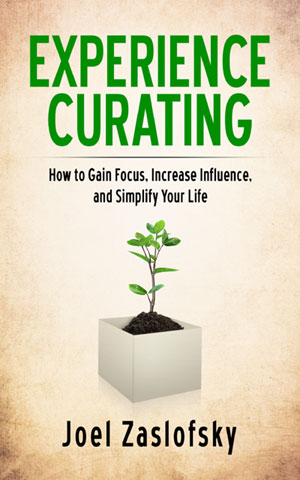
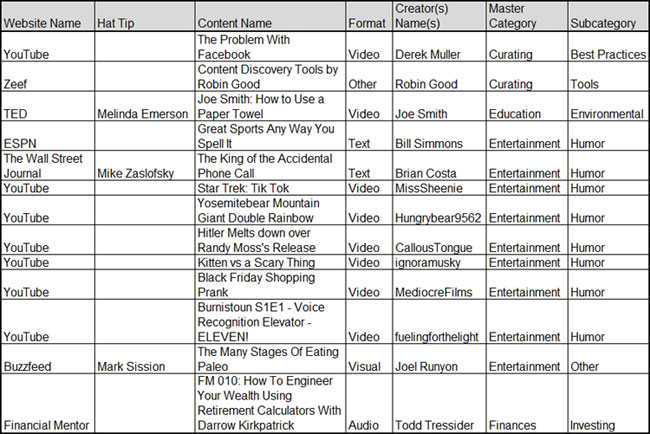


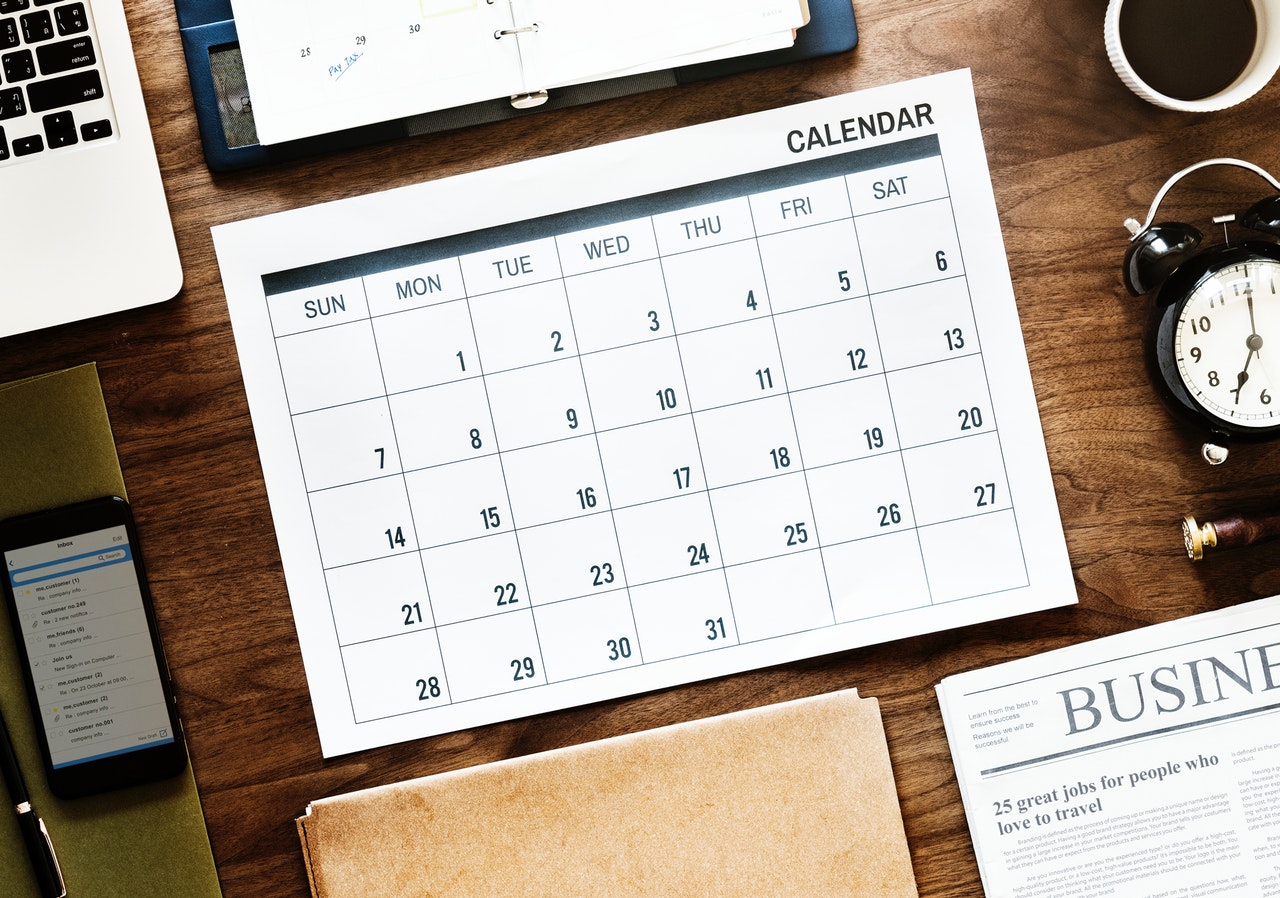
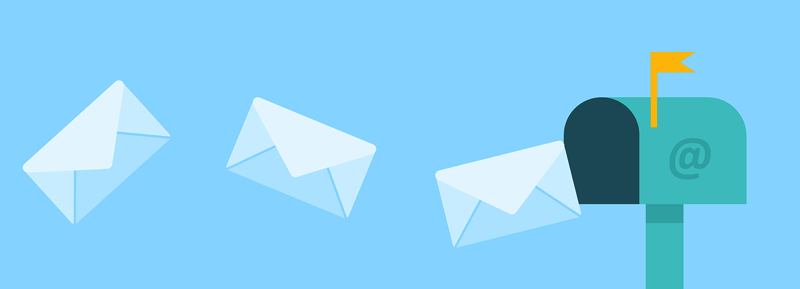



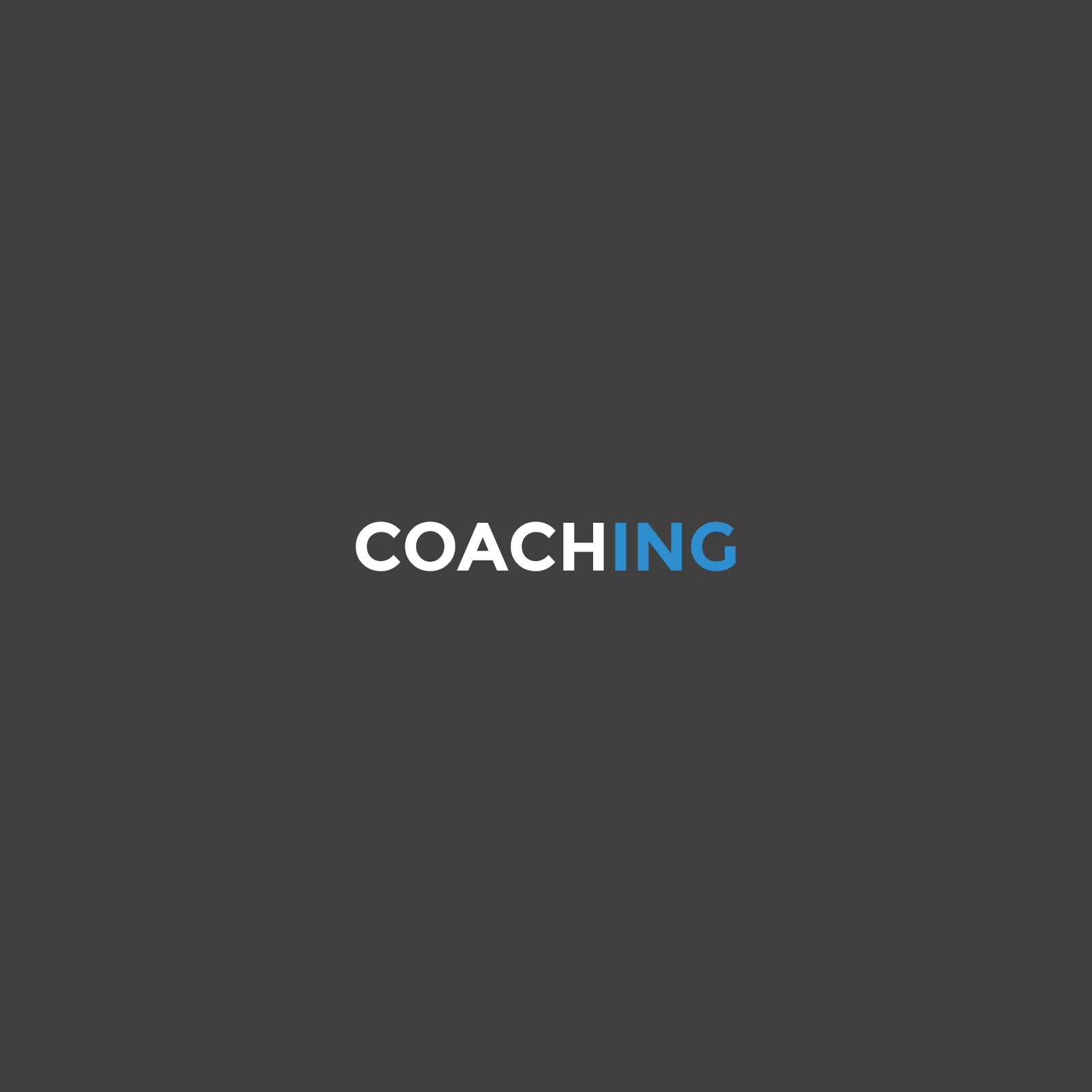


I totally relate to having a leaky brain. It’s so great to see that others suffer from the same affliction! I loved Joel’s book and wanted so much to share it with my readers. It’s a unique approach to capturing everything. Pick up a copy of his book if you want a unique, interesting and maybe even life changing read!